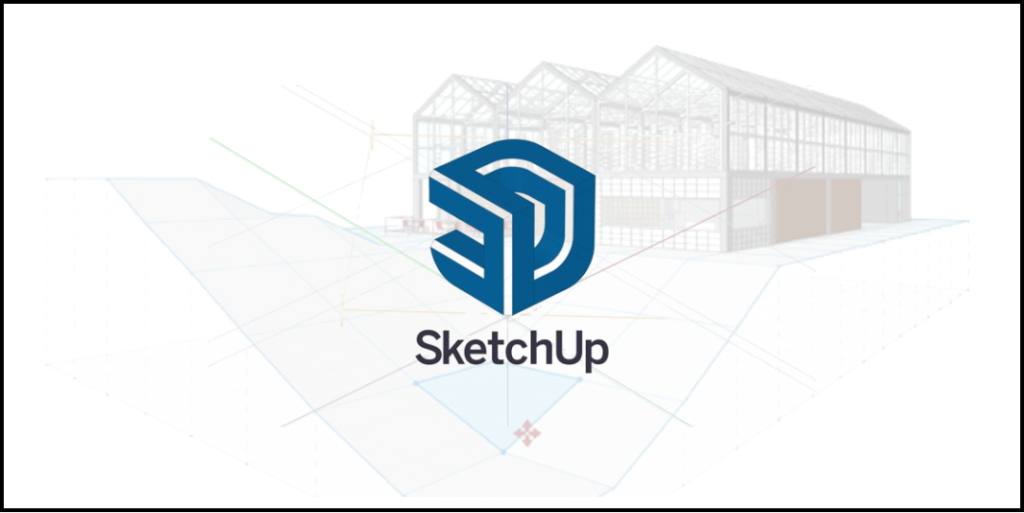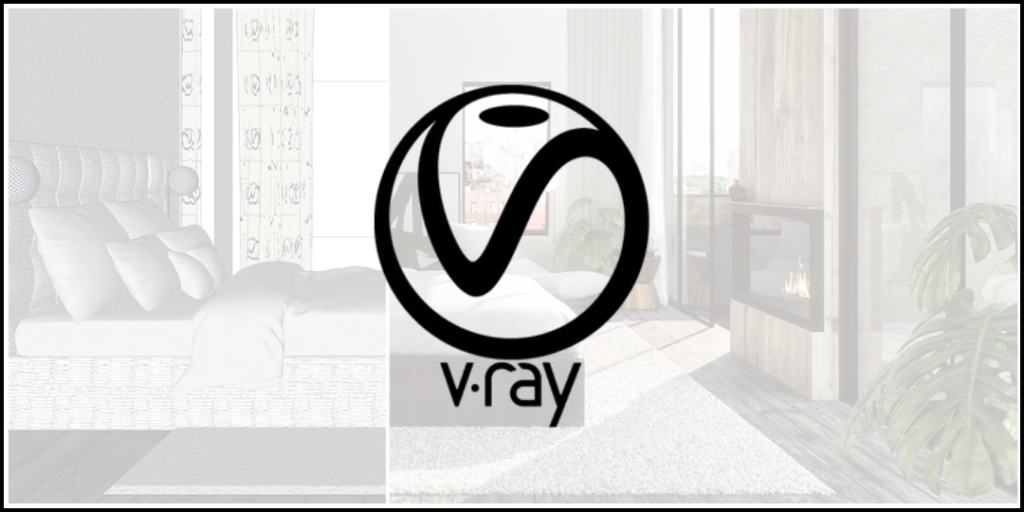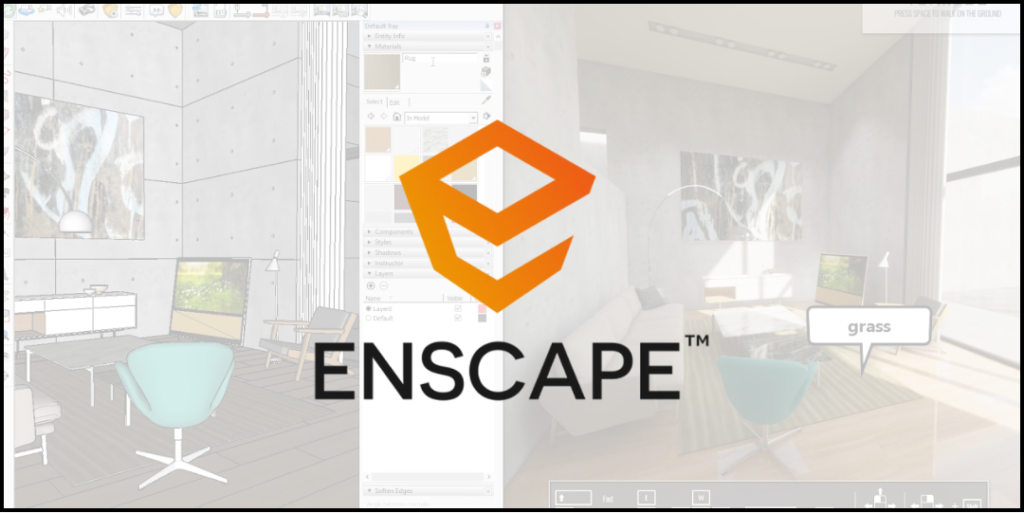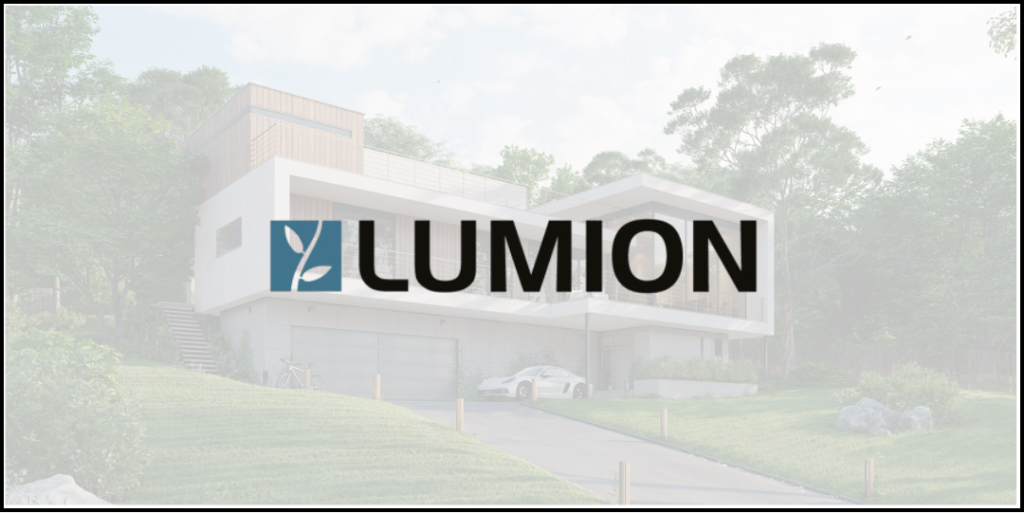Interior Designing
An Interior Designing Course equips students with the essential skills to create aesthetically pleasing, functional, and comfortable spaces. The course covers design principles, space planning, materials, and the technical aspects of interior design.






